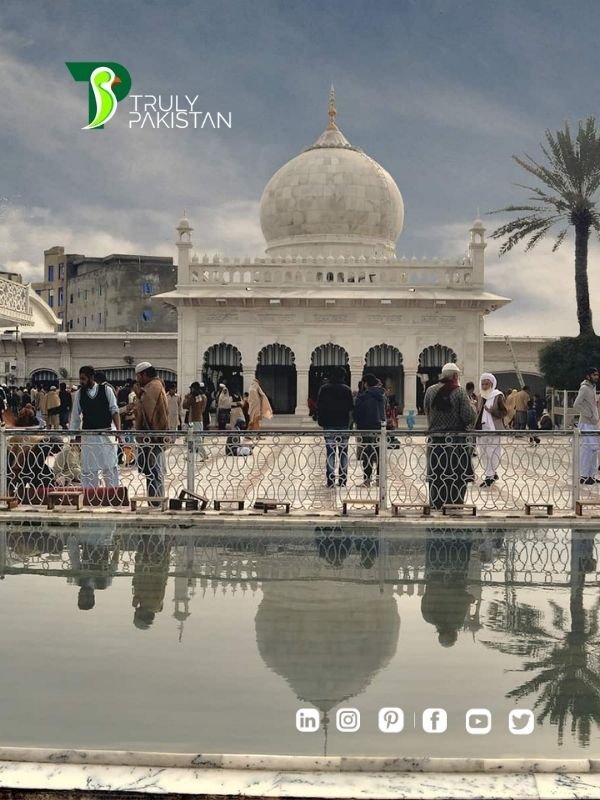Golra Sharif Pakistan: Shrine, Railway Museum, and History
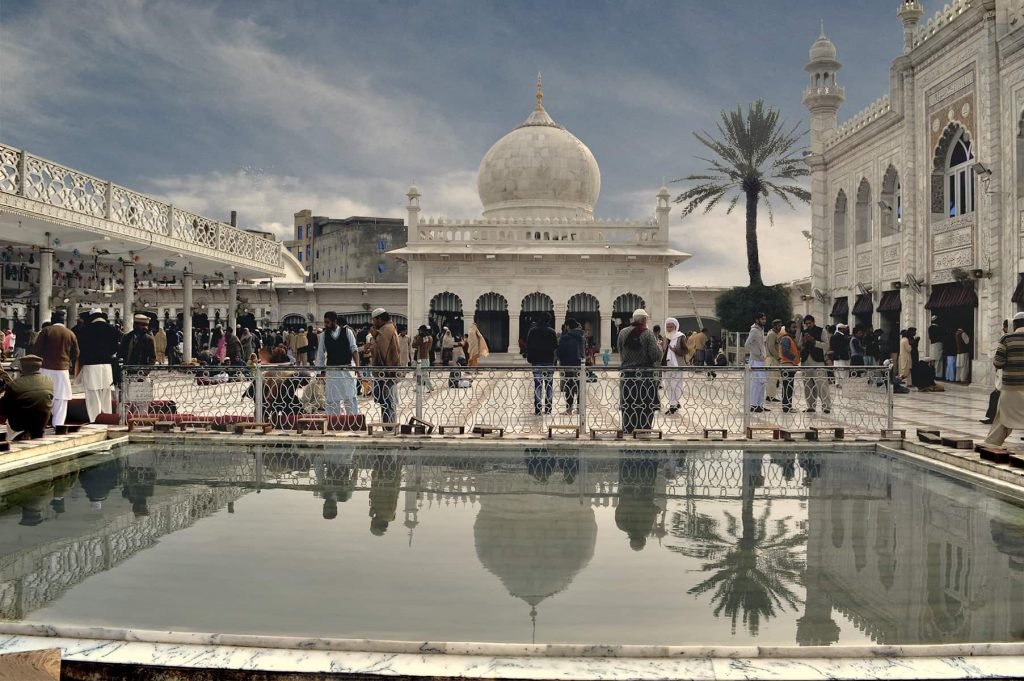

Golra Sharif Pakistan brings two powerful stories together in one neighborhood on the northwestern edge of Islamabad: the revered Shrine of Pir Meher Ali Shah and the Pakistan Railways Heritage Museum at Golra Junction. In practical terms, this means visitors can explore living Sufi traditions and British‑era rail heritage within minutes of each other—while enjoying Margalla foothill views and easy city access.
Here’s the core you came for: where it is, why it matters, and what to see first. The railway station dates to 1881 (upgraded to a junction in 1912) and the museum opened in 2003 with vintage carriages, signaling gear, and colonial‑era artifacts. The shrine centers on the life and teachings of Pir Meher Ali Shah (1859–1937), a leading Chishti Sufi known for scholarship, poetry, and public sermons. Expect serene courtyards, Quranic inscription work, and steady footfall year‑round—especially around the annual Urs. Getting there is straightforward by car or ride‑hailing; plan 20–35 minutes from central Islamabad depending on traffic. Quick facts – Golra Sharif Pakistan
- Location: Northwest Islamabad near sectors E‑11/F‑11, at the Margalla foothills
- Key sites: Shrine of Pir Meher Ali Shah; Pakistan Railways Heritage Museum (Golra Junction)
- Timeline: Station 1881 → Junction 1912 → Museum 2003
- Elevation: ~1,994 ft (≈608 m)
- Nearby: ~17 km to Taxila; quick access from GT Road (N‑5) via Golra Mor
What Makes Golra Sharif Pakistan Special
Location and Geographic Importance of Golra Sharif Pakistan
Set where Islamabad meets the Margalla Hills, Golra Sharif Pakistan acts as a natural hinge between the capital’s urban grid and the Potohar plateau. This positioning explains its historic role as a rail junction toward Peshawar and Taxila, and its ongoing draw for pilgrims who value the quiet, elevated setting around the shrine.
Dual Heritage: Sufi Shrine and Railway Legacy
Few places in Pakistan package spiritual heritage and industrial history so neatly. The shrine grounds reflect centuries of Chishti practice—poetry, dhikr, hospitality—while the museum preserves tracks, signals, and rolling stock that once stitched together the subcontinent. Visiting both in a single loop makes the narrative tangible: faith, community, mobility, and exchange.
Pir Meher Ali Shah and the Shrine of Golra Sharif Pakistan
Life and Teachings of Pir Meher Ali Shah
Pir Meher Ali Shah’s scholarship, Persian and Punjabi verse, and service tradition anchor the identity of Golra Sharif Pakistan. As a Chishti guide, he emphasized devotional love, ethical conduct, and public guidance. The mausoleum and adjacent spaces host daily visitors seeking reflection, nazr offerings, and prayer—habits that keep the site’s spiritual heartbeat steady.
For readers planning a pilgrimage‑plus‑heritage day, bookmark our internal primers on Sufi shrines in Pakistan and Islamabad historical attractions for deeper context before you go.
Religious Contributions and Role in the Chishti Order
As one of the most prominent Chishti saints of the late 19th and early 20th century, Pir Meher Ali Shah helped strengthen Sufi traditions in the region. He guided disciples in practices of remembrance (dhikr), poetry recitation, and communal service. His leadership placed Golra Sharif Pakistan at the center of Chishti spiritual activity, drawing seekers from Punjab, Khyber Pakhtunkhwa, and beyond.
Shrine Construction and Ongoing Spiritual Practices
The shrine’s construction began shortly after Pir Meher Ali Shah’s passing in 1937 and spanned nearly two decades. Today, its marble dome, minarets, and calligraphy panels stand as both a mausoleum and a living mosque. Daily prayers, weekly gatherings, and seasonal Urs celebrations ensure the shrine remains an active spiritual hub rather than a relic of the past.
Golra Sharif Railway Museum: A Window into Pakistan’s Rail History
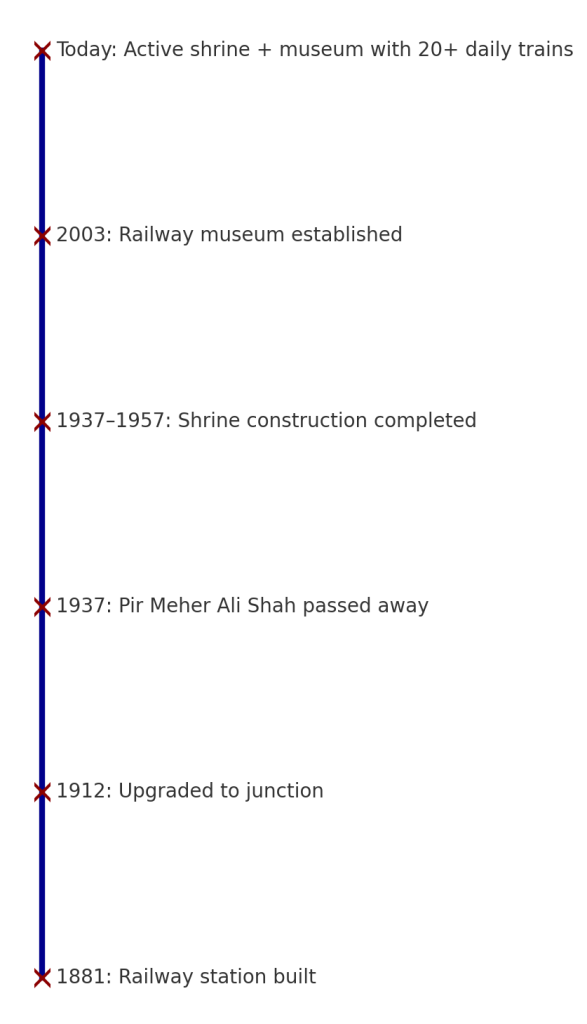

British Colonial Era and Construction of the Station
The railway station at Golra Sharif Pakistan was established in 1881 during the British Raj. Its purpose was strategic: to connect Rawalpindi, Peshawar, and Taxila while facilitating troop and goods movement. The Victorian stone structure, with its arched windows and high ceilings, reflects Indo-Saracenic architectural influences common to colonial infrastructure.
Historic Artifacts and Museum Collections
The museum, inaugurated in 2003, preserves more than 150,000 objects linked to South Asian rail history. Visitors can explore signaling equipment, ticketing machines, stationmaster logs, and personal belongings of early railway staff. One highlight is the preserved furniture from Quaid-e-Azam’s private carriage, offering a rare connection to Pakistan’s founding history.
Famous Carriages and Stories from Golra Sharif Pakistan
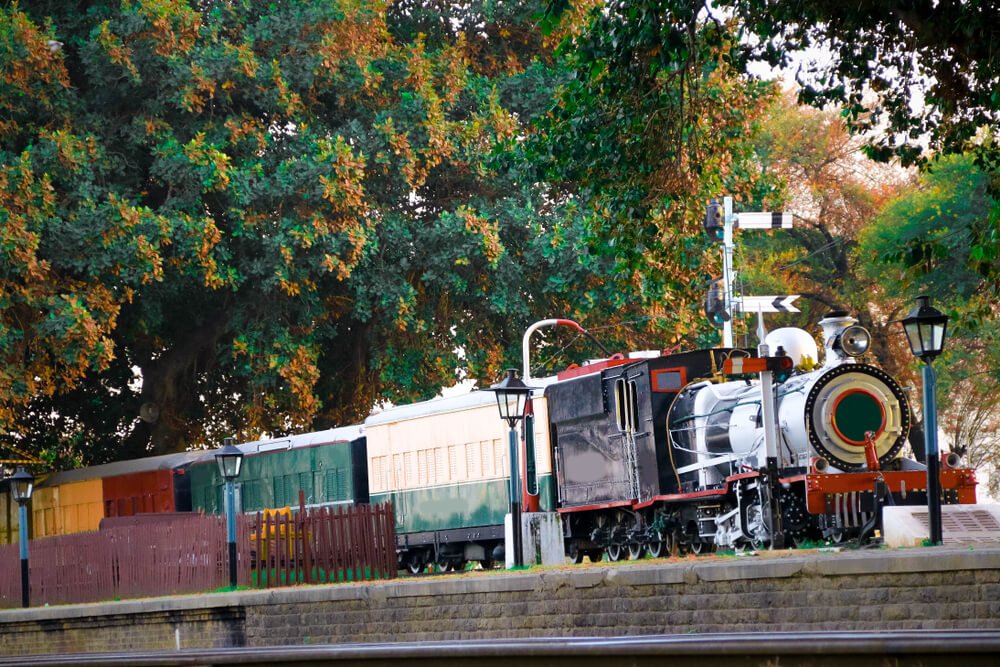

Among the museum’s treasures are vintage carriages, including a saloon once used by Lord Mountbatten and another by Maharaja of Jodhpur. Each carriage tells stories of colonial administrators, royal travelers, and military logistics that shaped the subcontinent’s history. These displays make the museum a classroom for students of architecture, engineering, and history alike.
Architecture and Design at Golra Sharif Pakistan
Islamic Architecture of the Shrine
The shrine blends traditional Islamic motifs—arches, geometric tiling, Arabic inscriptions—with modern restoration techniques. Its marble façade and green dome stand in contrast to the earthy stone of the railway station, symbolizing the dual identity of Golra Sharif Pakistan.
Victorian Railway Station Architecture
The station’s yellow stone masonry, iron trusses, and ventilated halls reflect late 19th-century British railway design. Unlike many heritage sites, Golra Junction is still functional, with more than 20 trains stopping daily, giving travelers the unique experience of stepping into both past and present at once.
Materials, Craftsmanship, and Preservation Efforts
Both shrine and station employ locally sourced stone and marble, while preservation work today involves heritage departments and Pakistan Railways. Initiatives to conserve the museum’s carriages, digitize archives, and protect shrine calligraphy aim to secure Golra Sharif Pakistan for future generations.
Visiting Golra Sharif Pakistan: A Practical Guide
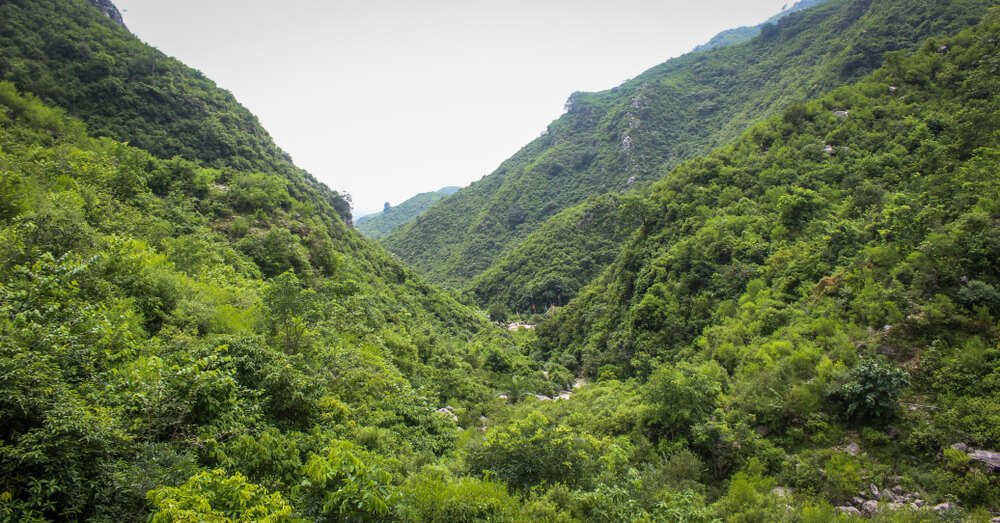

How to Reach Golra Sharif from Islamabad
Reaching Golra Sharif Pakistan is straightforward. From central Islamabad, the drive takes around 25–30 minutes. Ride-hailing apps and local taxis are convenient options. The landmark is easily accessible via GT Road at Golra Mor, with signboards guiding travelers toward both the shrine and the railway museum. For those using public transport, local wagons and buses also run routes to nearby sectors such as E-11 and F-11.
Best Times to Visit and Festival Calendar
Spring (March–April) and autumn (October–November) offer the most pleasant weather for outdoor exploration. The highlight is the annual Urs of Pir Meher Ali Shah in May, when pilgrims gather for days of devotional recitations and communal meals. On these occasions, Golra Sharif Pakistan becomes especially lively, with thousands in attendance, so plan accordingly if you prefer quieter visits.
Cultural Etiquette and Photography Guidelines
As an active shrine and functioning railway site, visitors should respect cultural norms: modest dress, removal of shoes before entering sacred spaces, and seeking permission before photographing people. In the museum, photography is generally allowed, but using flash near delicate artifacts is discouraged. A respectful approach ensures that visitors enjoy both spiritual and historical dimensions of Golra Sharif Pakistan.
Cultural and Spiritual Significance of Golra Sharif Pakistan
Annual Urs Celebrations and Gatherings
The Urs of Pir Meher Ali Shah is a defining cultural moment, bringing devotees, qawwals, and scholars together. Rituals include Qur’an recitations, naats, and poetry that celebrate the saint’s life and teachings. The event reinforces the role of Golra Sharif Pakistan as a living center of Chishti spirituality, rather than just a mausoleum.
Golra Sharif’s Role in Pakistan’s Islamic Heritage
Beyond the Urs, Golra Sharif contributes to national identity by linking Pakistan’s spiritual traditions with its cultural preservation. The shrine represents continuity of the Chishti order, while the museum safeguards colonial heritage. Together, they position Golra Sharif Pakistan as both a religious landmark and an educational site for future generations.
FAQ about Golra Sharif Pakistan
What is Golra Sharif famous for?
Golra Sharif is best known for the Shrine of Pir Meher Ali Shah and the Pakistan Railways Heritage Museum. This dual heritage—spiritual and historical—makes it a distinctive destination.
Who was Pir Meher Ali Shah?
Pir Meher Ali Shah (1859–1937) was a Chishti Sufi saint, poet, and scholar who played a key role in defending Sunni orthodoxy and spreading spiritual teachings across Punjab.
When was Golra Sharif Railway Museum established?
The railway museum was officially opened on October 26, 2003, at the historic Golra Junction railway station.
How do I get to Golra Sharif from Islamabad?
It’s about a 25–30 minute drive from central Islamabad. Follow GT Road toward Golra Mor, then use signposted routes to the shrine and museum. Ride-hailing services are widely available.
What should visitors know before visiting Golra Sharif Pakistan?
Dress modestly, respect shrine customs, avoid photography during prayer times, and allocate at least 2–3 hours if you want to explore both the shrine and the museum in one visit.
Ending Note: Why Golra Sharif Pakistan Matters
Golra Sharif Pakistan is more than a point on the map—it’s a crossroads of spirituality and history. The shrine of Pir Meher Ali Shah embodies centuries of Sufi tradition, while the railway museum preserves the industrial legacy of British India and Pakistan Railways. Together, they tell a story of devotion, culture, and heritage that continues to shape Islamabad’s identity today.
For travelers, students, and pilgrims alike, Golra Sharif offers a chance to step into both sacred and historical narratives in one visit. Respectful tourism here not only enriches personal understanding but also supports the preservation of a site that connects past, present, and future.
About the Author
Author: ZunNurain Khalid — Travel & Tourism Specialist, Founder of ExploreX Pvt. Ltd., and advocate for sustainable tourism in Pakistan. With over a decade of experience in digital marketing and destination branding, ZunNurain has worked extensively on promoting Pakistan’s natural and cultural heritage.

